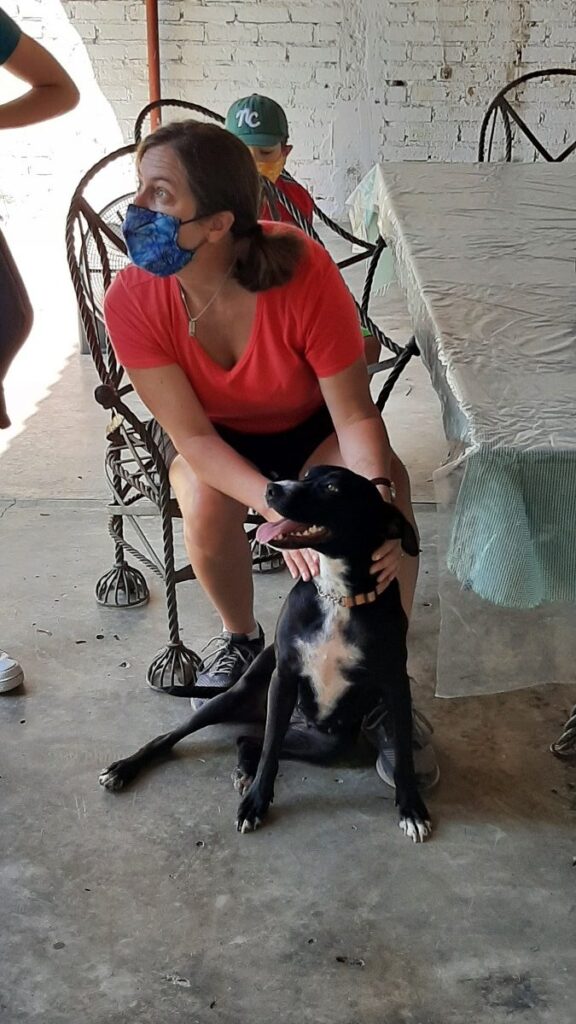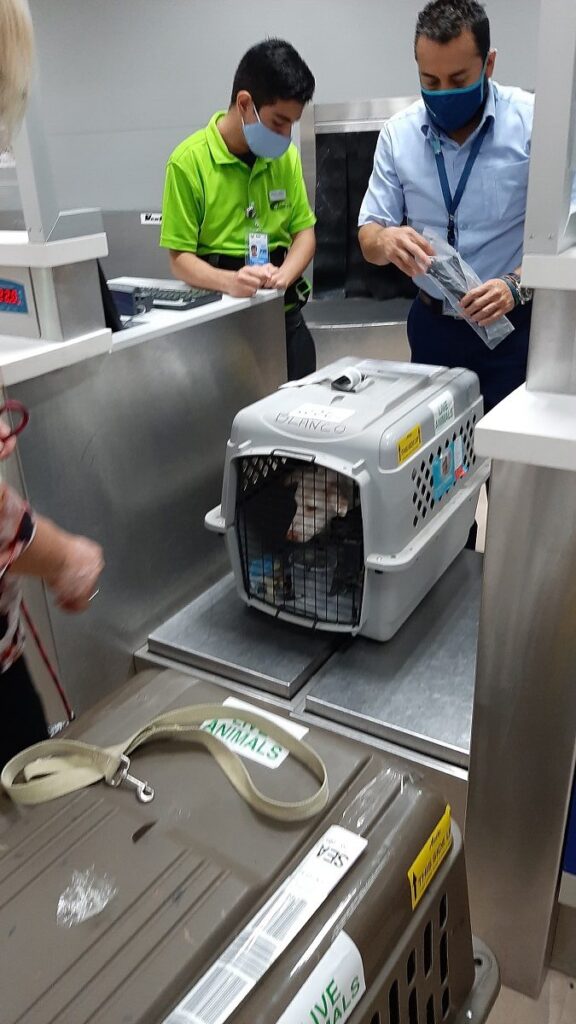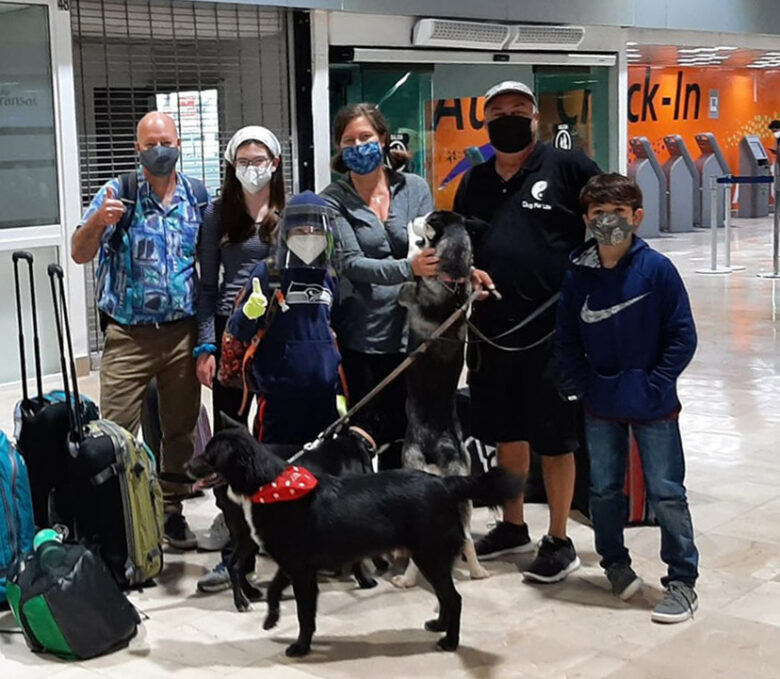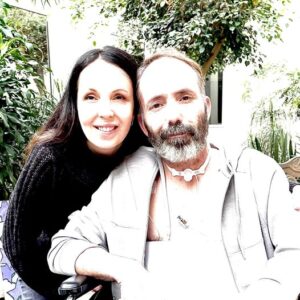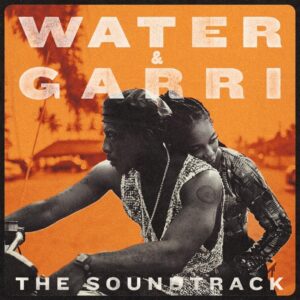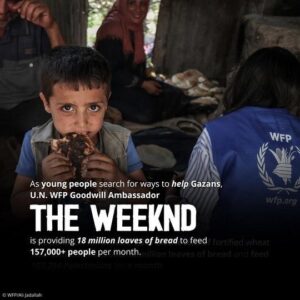It was just a detail in our itinerary my wife slipped in – when we return from a three-week Mexican vacation, we’ll take five dogs with us. Whaaaat!?
Yes, volunteers with Mexican and Canadian rescue groups had taken care of the details; we would just be “flight angels” (mules), chaperones on the aerial leg of these canines’ journey from the mean streets of Puerto Vallarta to loving new owners waiting for them in British Columbia.
With dogs undervalued in places such as Mexico and Texas, and hard to get in Seattle and Vancouver, there’s a kind of overground railroad supported by volunteers, evening the supply and demand.
My sister-in-law, who knew a retiree who walked dogs at the municipal pound, had roped us into this. Dogs roam Vallarta year-round, sometimes semi-owned, rarely fixed. Some, like the husky mix we took with us, are chained to a spot and used for breeding. Many pit bulls are bred for fighting. We saw several of those poor suckers at the pound, ugly brutes barking behind rusty bars for a loving home most will never see.
Different story in Seattle and Vancouver, where upper middle-class families yearn for sweet doggies. The demand is even higher during the pandemic, when pets offer home entertainment for house-bound kids bored out of their gourds.
I’m not a dog person, and was skeptical about taking on this assignment. We’re traveling out of the country while a pandemic continues to rage, and we’re going to shepherd a bunch of dogs through customs too? Transporting dogs through the U.S. isn’t even within the letter of the law … and what if we’re mules in more ways than we know, and get busted for drug possession?
One day during our stay we left the beach (me a little grudgingly) and took a taxi to old Puerto Vallarta, where we visited the sad pound and met three out of the five dogs we would transport.
Mary and Manuel, who lead Dog for Life, were our tour guides. They are not wealthy, but they keep six dogs at home. When they arrange placements, they take those dogs from the pound too for a few weeks of training in a proper home. Manuel is shy around us, but is a genuine dog whisperer. The three pooches never bark, despite their excitement. If one of them gets a little out of line, Manuel just shouts their name once and they settle down right away.
The dogs we were taking had generic, transitory names – Bonita, Blackie and Brave. Bonita, a lean husky mix, kept trying to jump up and dance with us. Blackie and Brave were more subdued, but still affectionate. I warmed to the assignment a bit. My 13-year-old daughter and 10-year-old son liked the dogs too, but fortunately didn’t fall head over heels.
When the day of departure arrived, we benefited from the relatively few number of passengers flying during a pandemic. The Puerto Vallarta airport was empty when we walked in. Mary, Manuel, their son and the dogs were easy to find. The other two dogs, excitable Blanco and a nervous chihuahua named Nacho, both from Vallarta’s Sula Society shelter, were also there with their volunteer.
Mary gave us two sets of papers for each dog, one for U.S. customs identifying them as ours and a second set for Canadian customs, linking them to their forever homes in British Columbia. We were able to monopolize Alaska Airlines staff, who had to plow through customs and COVID-19 paperwork for our family and all of the rest for the dogs.
The Dog for Life dogs relaxed quietly on the airport floor, on leashes with Manuel. When the time came, we brought the dog crates next to the counter, Manuel hustled the dogs in with treats and then Alaska staff put the crates on their conveyor belt, heading for the belly of the plane. At that point, Manuel turned to me, his eyes wet, fist out for a bump, and said, “Thank you.” My eyes may have been watering a little bit too then.
Our biggest challenge was at the other end of the flight in SeaTac airport. Fortunately, it was also empty on a Saturday, and we were able to breeze through customs. The dogs in their crates were waiting for us at the end of the baggage carousels. We got our bags out to the curb, then took the dogs one by one out of their crates to the curb too. A van from a Canadian pet transport company showed up at the curb, and we loaded the crates into it, then loaded the dogs into them. Done.
In the end, being a flight angel was pretty easy. Meeting Manuel and Mary and the dogs, and receiving pictures of them with their new owners made me feel lucky to have played a role.
